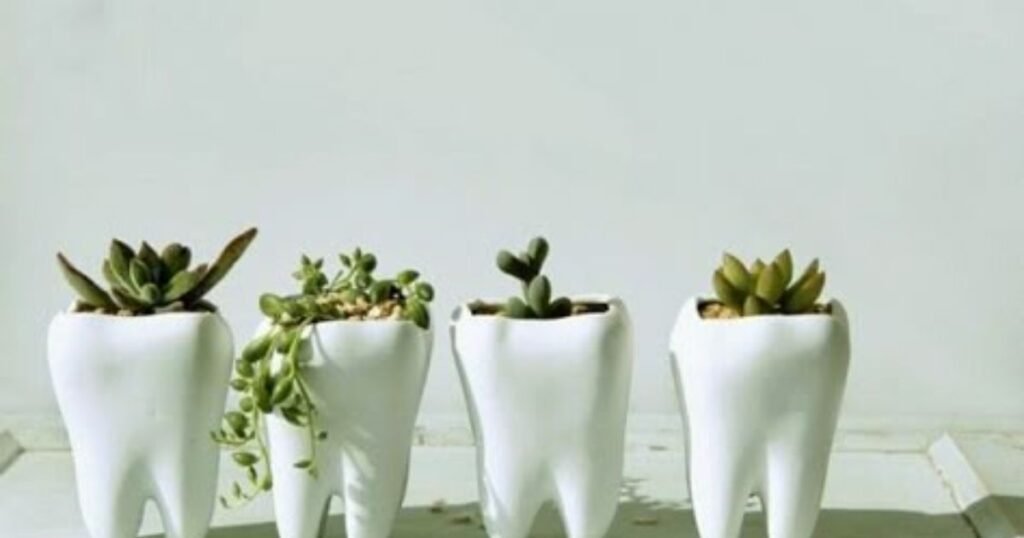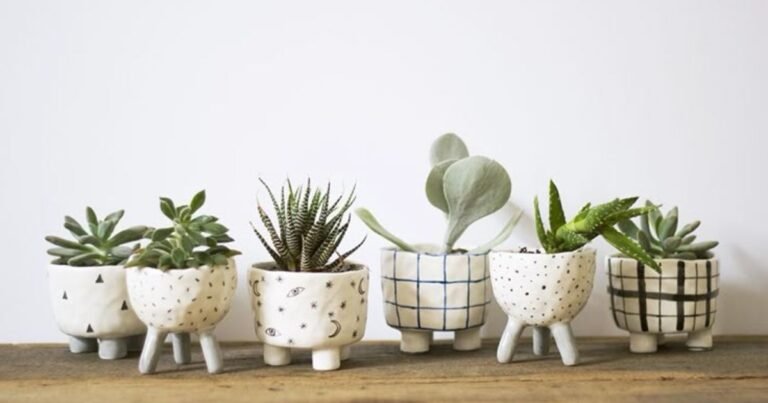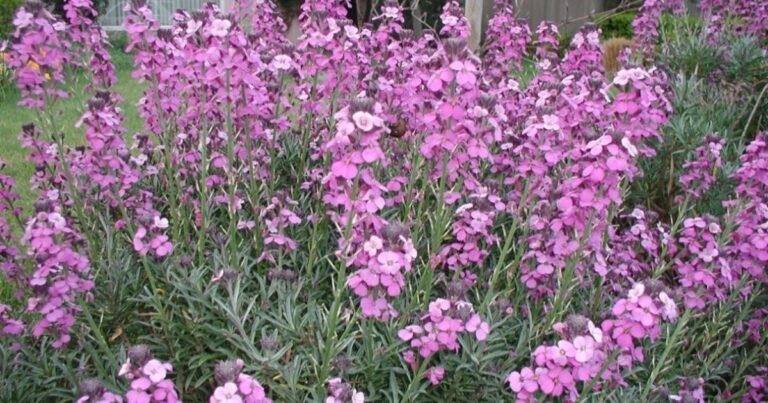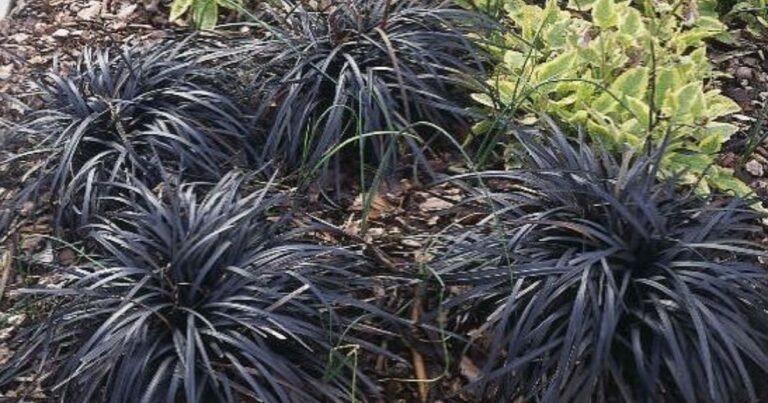
The tooth plant is named for its uniquely serrated leaf edges.
The Tooth Plant is an intriguing species known for its distinct leaf shape and resilience. Unlike many common houseplants, the Tooth Plant stands out due to its serrated edges that resemble small teeth, giving the plant its name. Understanding the botanical characteristics of the Tooth Plant helps gardeners and plant lovers appreciate its uniqueness and care requirements.
What Does the Tooth Plant Look Like?
The defining feature of the Tooth Plant is its leaves, which have a sharp, tooth-like edge. These leaves are usually thick and sturdy, allowing the plant to thrive in various environments. The texture and shape make it easy to identify, even for beginners. Its vibrant green color adds a natural aesthetic to any indoor or outdoor setting.
Where Does the Tooth Plant Naturally Grow?
The Tooth Plant typically grows in tropical and subtropical regions. It prefers warm climates with moderate humidity and well-drained soil. The plant’s natural habitat supports its growth and ability to withstand environmental stressors, such as dry spells or occasional pests. Knowing its origin helps in providing the best care at home or in a garden.
How Do You Care for a Tooth Plant?
Proper care is crucial for the Tooth Plant to thrive and recuperate from any damage. It requires moderate watering, allowing the soil to dry out between sessions to prevent root rot. The plant favors indirect sunlight, as direct exposure can damage its serrated leaves. Fertilizing lightly during growing seasons supports its health without overwhelming the plant.
What Are the Common Problems with Tooth Plants?
Despite its hardy nature, the Tooth Plant can face issues such as pest attacks or overwatering. Pests like spider mites or aphids may damage the leaves, requiring timely intervention. Overwatering can lead to fungal infections, harming the plant’s roots. Identifying these problems early helps the plant recuperate and regain its strength quickly.
Are There Any Medicinal Uses of the Tooth Plant?
While not widely documented in scientific research, some cultures use the Tooth Plant for its traditional medicinal properties. It is believed to aid in minor skin irritations and oral hygiene, though these claims need further validation. Caution is advised before using the plant medicinally, and consulting a healthcare professional is recommended.
How Does the Tooth Plant Help with Environmental Benefits?
The Tooth Plant contributes positively to its surroundings by improving air quality and providing oxygen. Its robust structure allows it to survive in urban settings where air pollution is common. This makes it not only an attractive plant but also an eco-friendly choice for indoor and outdoor spaces.For more insights into plant care and gardening tips, visit One Parish, a trusted source for horticulture and botanical knowledgeCurious about other fascinating plants with unique meanings? Discover why the Money Plant is seen as a symbol of wealth and prosperity in homes around the world.
Frequently Asked Questions
What kind of environment does a tooth plant prefer?
The tooth plant thrives in tropical to subtropical environments with indirect sunlight and well-drained soil.
How can I help my tooth plant recuperate from pest damage?
Use gentle insecticidal soap and ensure the plant has good airflow to help it recover.
Is the tooth plant safe to keep indoors?
Yes, the tooth plant can thrive indoors with proper light and watering conditions.
Are there any medicinal benefits to the tooth plant?
Some traditional uses exist, but scientific evidence is limited. Consult experts before medicinal use.



